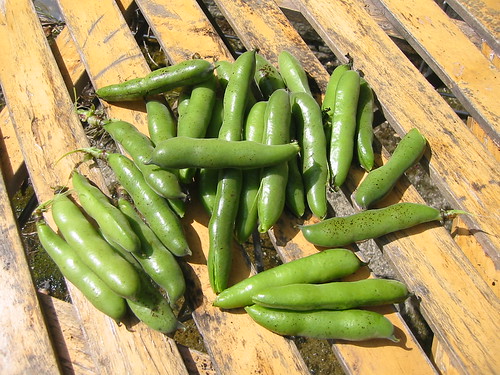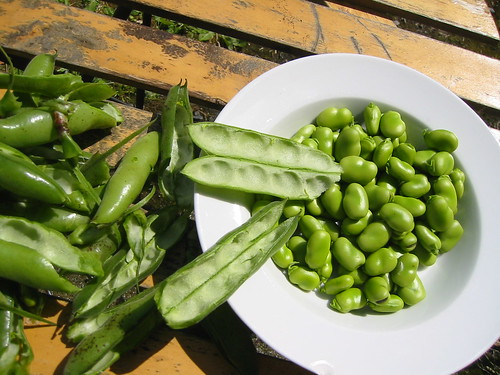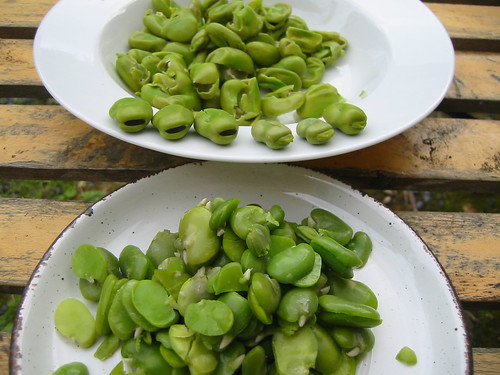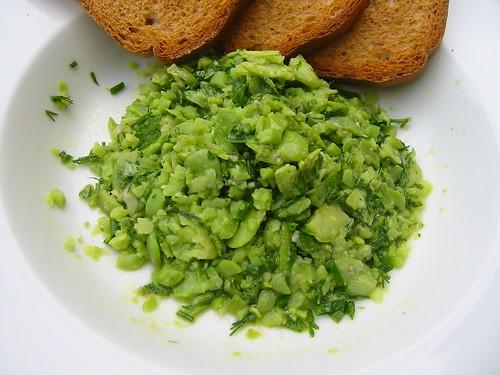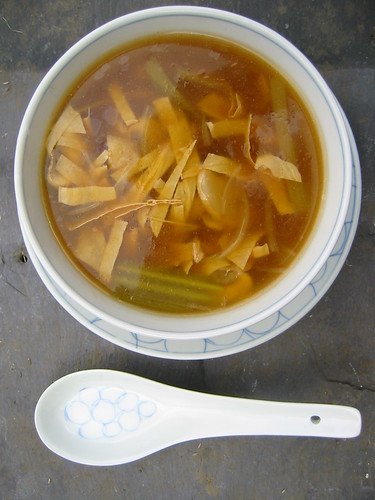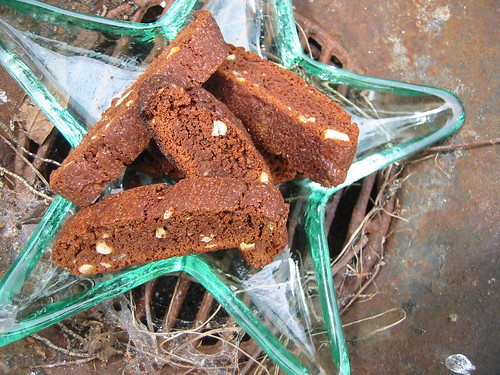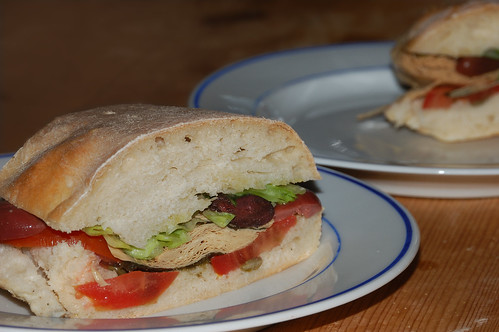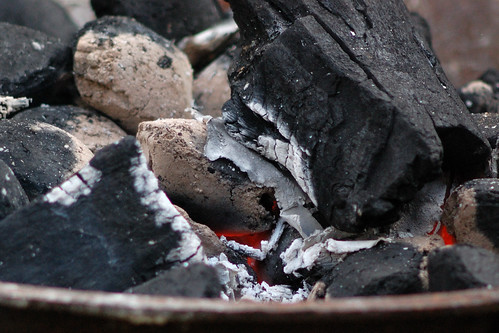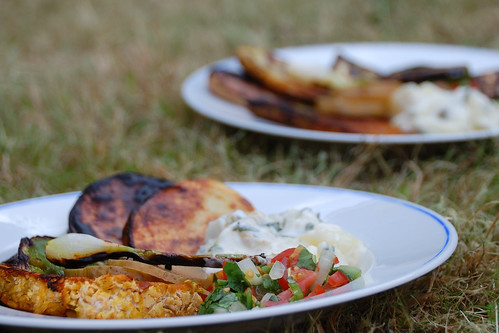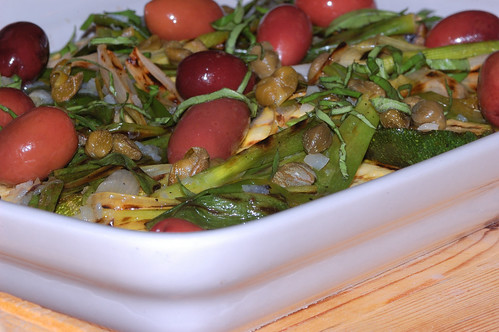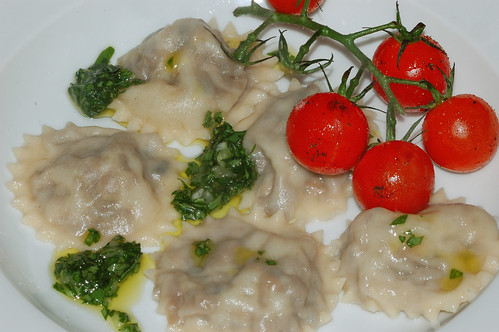So molecular gastronomy? Well yes, in that molecular gastronomy is an approach to cookery via the chemistry of the ingredients. Extracting the gluten from wheat in order to use it in different presentations is exactly that. Nothing new under the sun is there, but who needs to eat a staple deformed and reformed to imitate an entirely different comestible anyway?
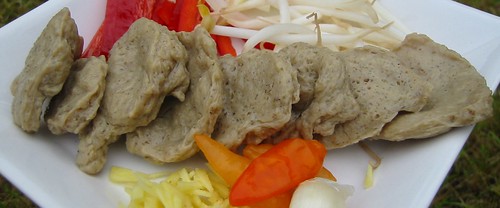
Seitan is one of those foods that occupy an uneasy position in the world. Is it a traditional food or is it food technology gone mad? Like soya it has expanded beyond its historical culinary origins into a food that tries to carry itself on its tradition but is often so far removed from it that any resemblance to the original is purely coincidental. It is no longer the aesthetic flowering of stringent temple cookery but a commodity in a protein greedy world.
I like seitan sometimes. It's good in a stir fry, can be used to emulate Peking duck for eating with pancakes and plum sauce, makes a change as a protein booster from the inevitable pulses but it's only one food of many and the tradition of imitating meat products with it puts it in a context that as a vegan I would sometimes prefer to avoid.
It's not an easy option to obtain either in France or the UK. We used to buy small tins of it from the Chinese supermarket - made in Taiwan they came in an interesting variety of flavours and forms from abalone to popk (sic) taking in duck and chicken along the way. They all taste much the same but the abalone is in small puffs, the chicken and duck have scary feather pimples moulded into their solid slices and the popk is a slightly more lurid pink. Unfortunately, after various food scares from China and other oriental producers we've become reluctant to buy this any more, just in case.
With that sort of ambivalance in mind we managed perfectly well but finally, after doing without for some time I decided that I had to give it a go myself. The technique isn't complicated, just a bit physical and tedious and others had tried and succeeded, like
my friend Herbi (who has documented the process so well I've borrowed his photos, see the full set
here) so what could possibly go wrong?
Looking around the web for recipe ideas I found that the traditional method has all but been superseded by the quick and easy route, commercially extracted gluten powder is juggled around casually by all sorts of cooks and it's become something of a vegan staple recipe for many - of which more later - but I was looking for the old fashioned sort.
My first hurdle was that nearly all the recipes call for wholewheat flour. Why is that when the whole point of the exercise is to remove from the wheat everything but the protein? I resolved to use white flour and be damned. I put 1.5kg strong white bread flour into the mixer and added 950 ml. of water. This is the proportion I use for making bread, more or less, and it gives a fairly tight dough which I thought would be a good start for the process. Unfortunately our huge bread mixer found the quantity too small for a proper beating. I had no more white flour so another 1.5kg wholemeal swiftly followed the white into the bowl along with more water.

I set the controls for the heart of the sun and sat back to wait. Twenty minutes later I had a large lump of dough. So far, so good. Then, I started to get cold feet! All that water used, all that carbohydrate and bran washed away. In my research earlier I saw only one commercial concern that mentioned recovery of these items and I vaguely remember from years ago an amateur recommendation to collect and dry the starch (effectively gluten free flour) for other uses but that was not visible on my searches today. This is such a
wasteful food.

The actual washing is a pleasant enough task, a bit like washing your undies in the sink. To begin with the ball of dough collapses into claggy strings but after about the fourth change of water it starts to come back together again and form a sturdy squishy sponge that can be pulled and pressed with impunity to get it clean from the milky flour water.
After a great deal of kneading, squeezing and water down the drain you'll be left with about third of what you started with - you've extracted the gluten, nearly pure protein although there is still a lot of water in it.

To complete the process you need to cook it. I've seen recipes that suggest a short plain water simmer before adding it to a stock for a longer cooking but I don't think that this is necessary for small pieces.
Make a big (for this amount I had 6 litres of stock) pot of stock, using your favourite powder, fresh vegetable stock, dried herbs etc and add to it quite a lot of soy sauce, a strip of kombu and a few slices of root ginger. When it comes to the boil add your gluten in pieces. I found the best way to do this was to take handfuls of the stuff, stretch and squeeze it into thin sausage shapes and then use scissors to snip off thin sections. These expand in the pot, taking up the flavour of the stock and become quite neat looking slices. Allow to simmer gently for an hour and then turn off the heat, cover the pot and allow to cool in the pan.
Use immediately, store in a covered container in the fridge with some of the stock for up to a week or freeze in small containers, again with some stock, and use fairly quickly.

It is an interesting food but achieved at the cost of throwing the baby out with the bathwater; at the same time as making this experiment with gluten I used the equivalent ingredients (with the addition of a little yeast) to make six loaves of bread. A few slices of that will give you all the same protein properly rounded out with carbohydrates and fibre, far less water usage and not a lot of difference in the energy used for cooking.
I made a tiny stir fry to illustrate this blog post and I expect to showcase the seitan more fully over the coming weeks. It is a good protein addition to the diet but the high processing costs associated with it mean that it should be regarded as a special occasion food, a luxury for high days and holidays. The effort required to make it is the indicator of that.
And this is why I view with some reserve the many current recipes on the web using vital gluten powder. In my view, the possibly misguided search for foodstuffs that are nutritionally comparable to meat is causing vegans to fall into the same trap as the meat eaters. The food is becoming overprocessed and resource heavy, unsustainably concentrated and the link to a more natural, healthy diet is becoming lost.



